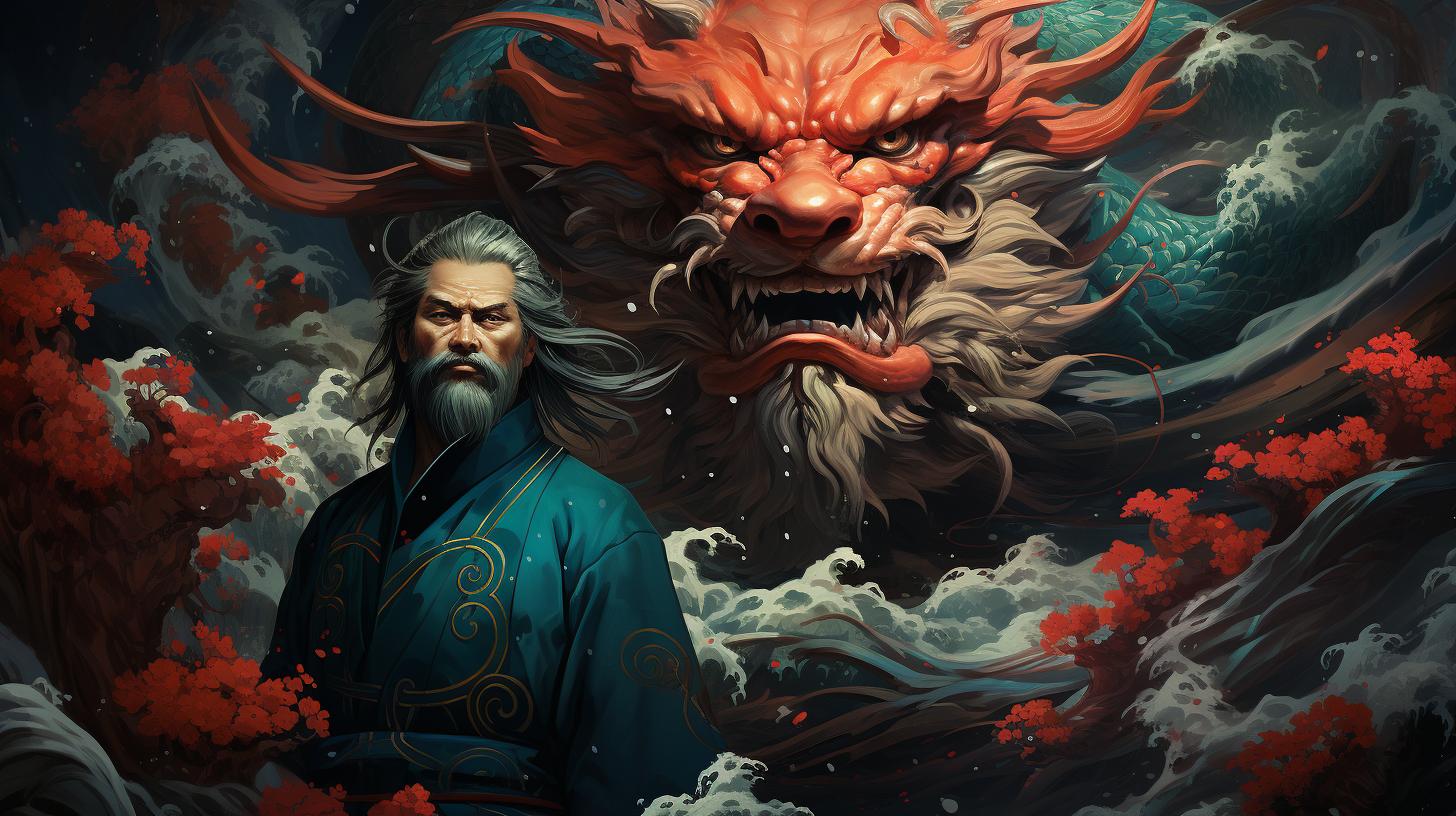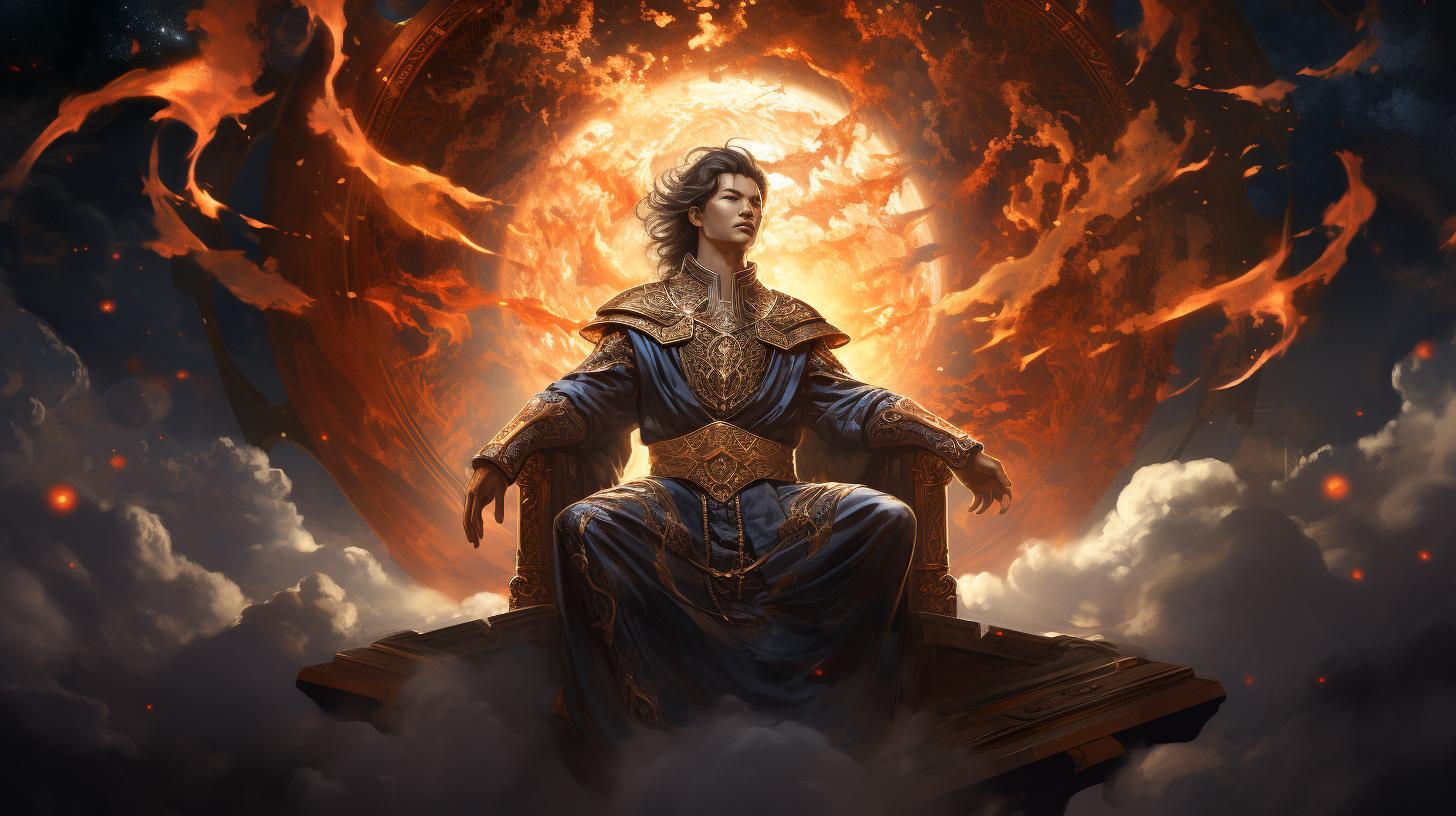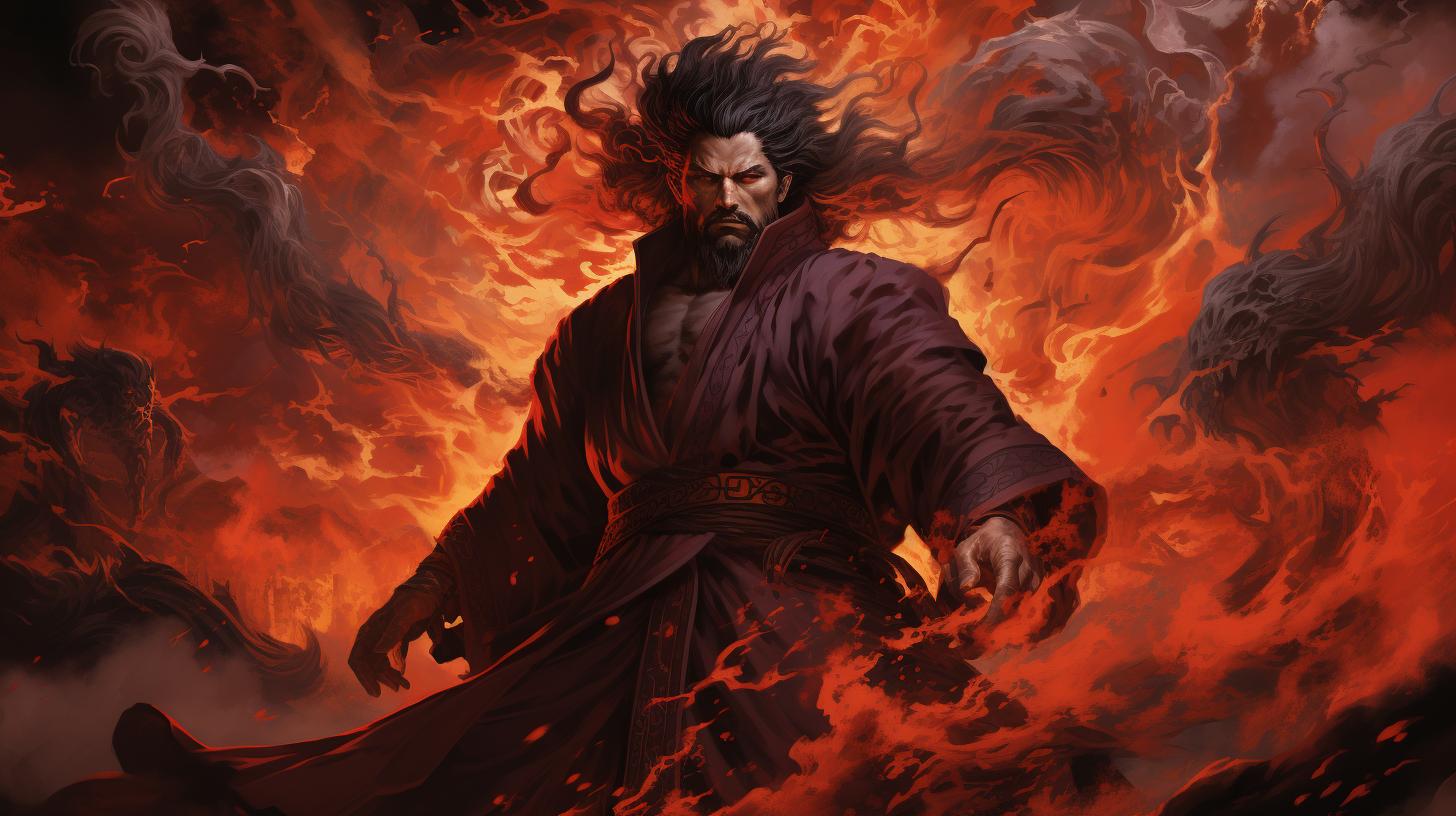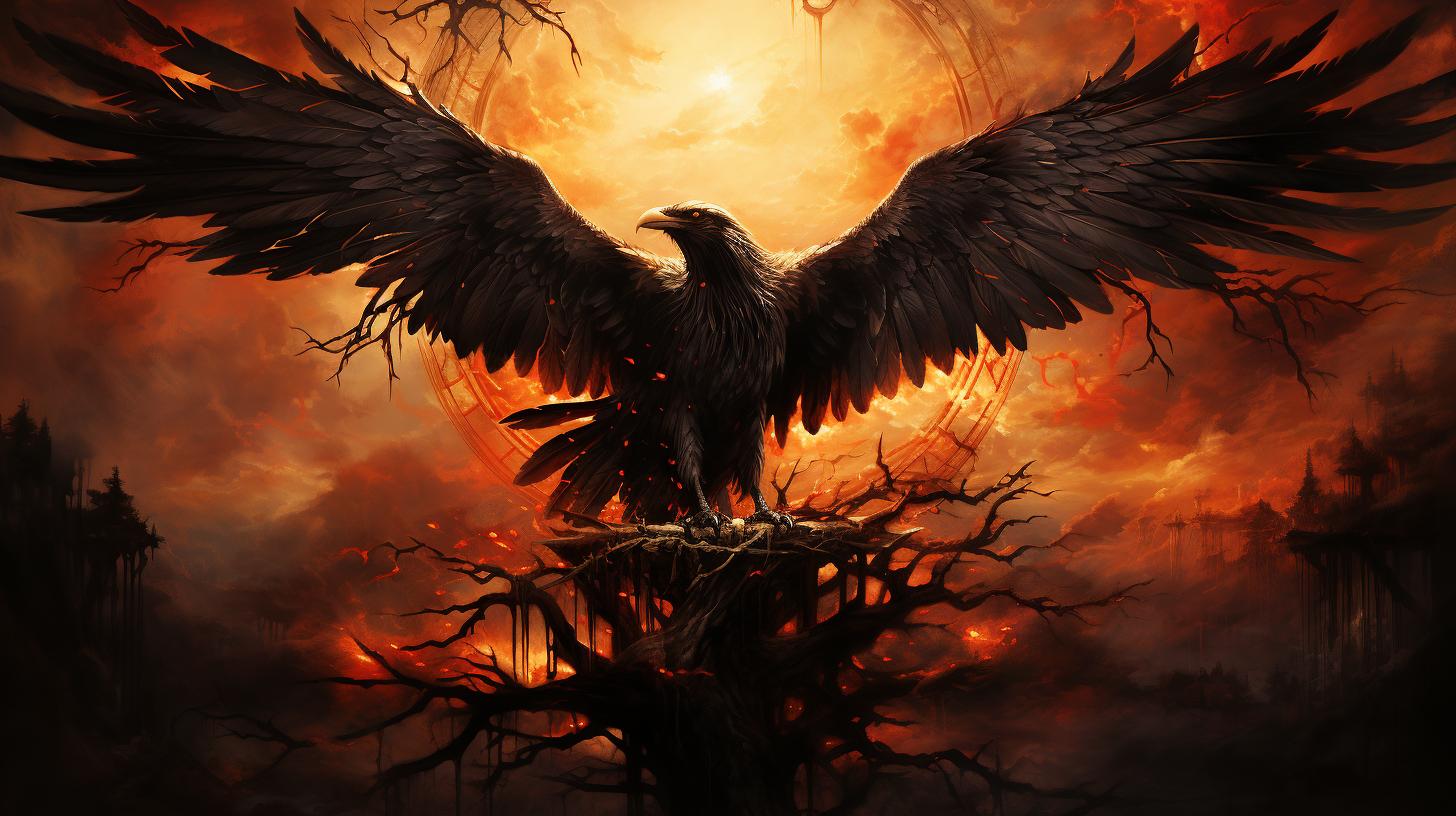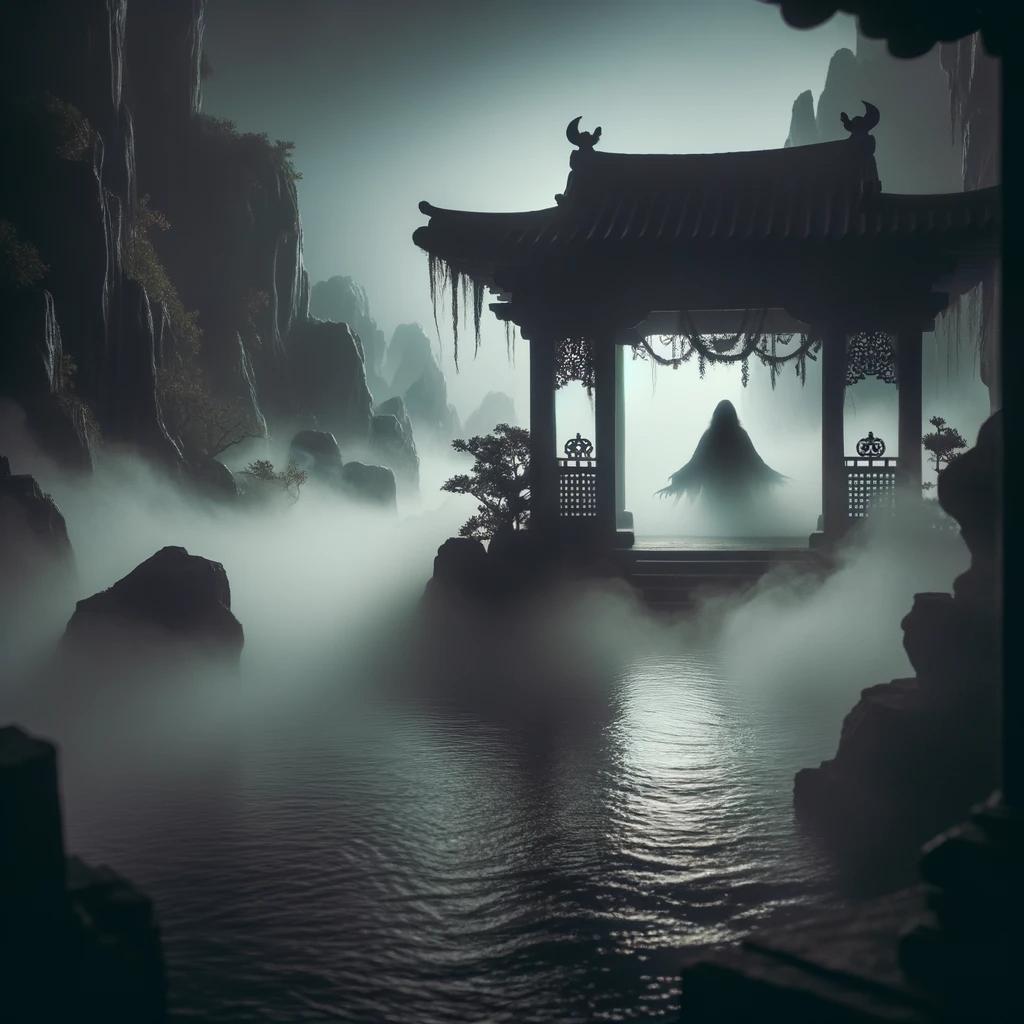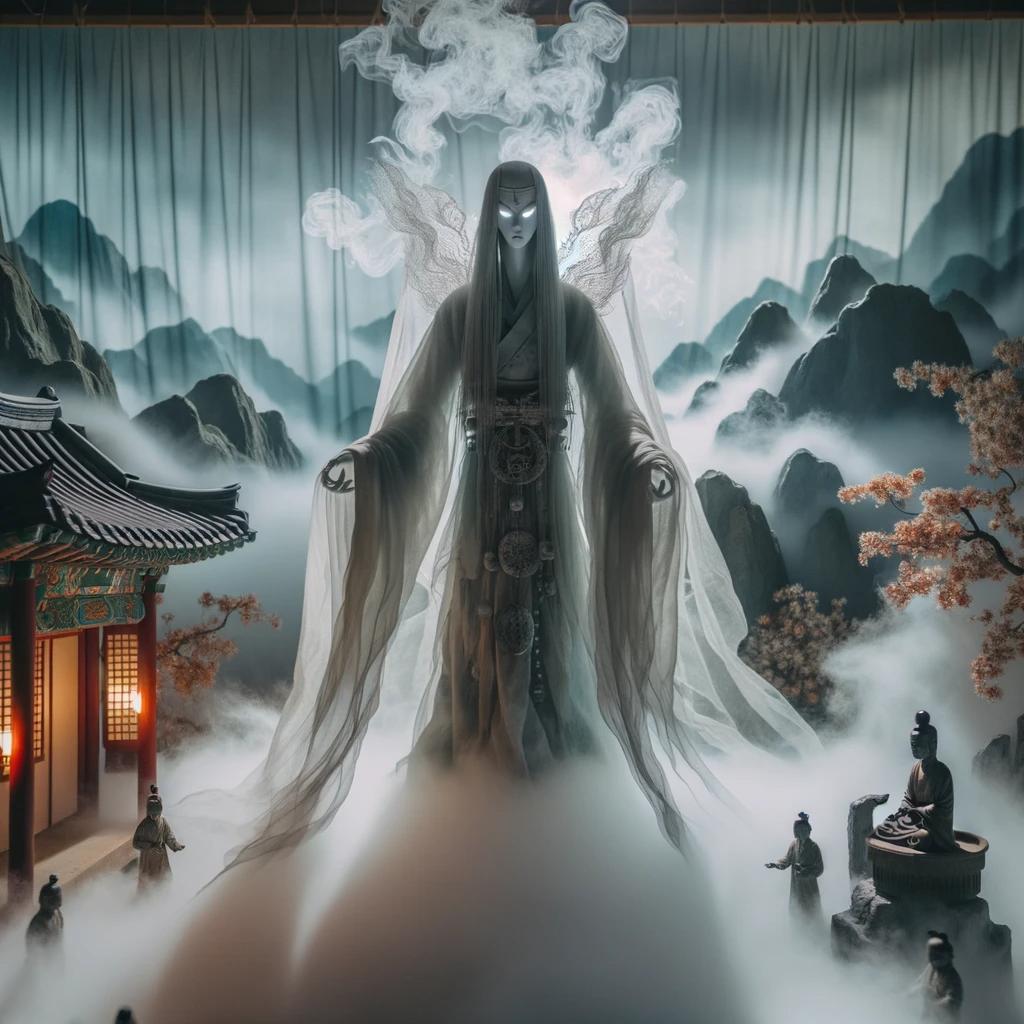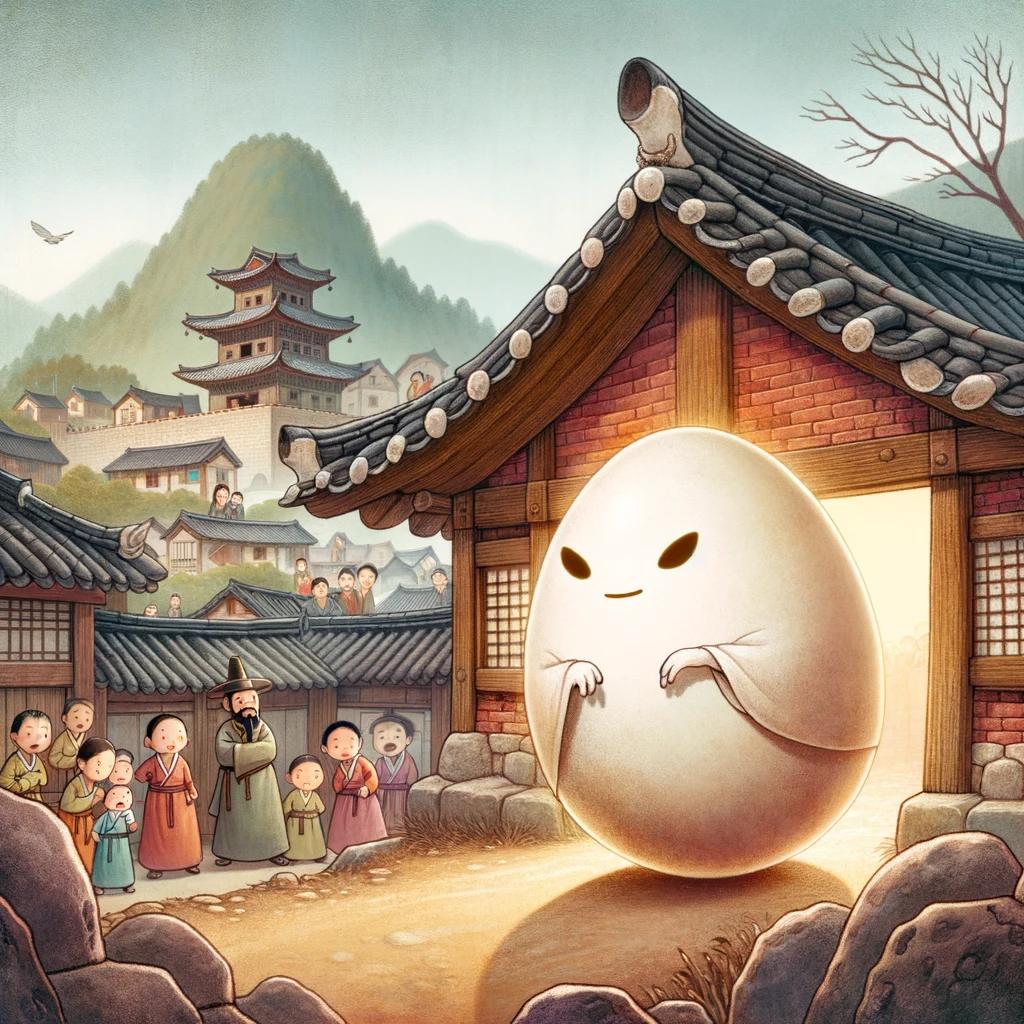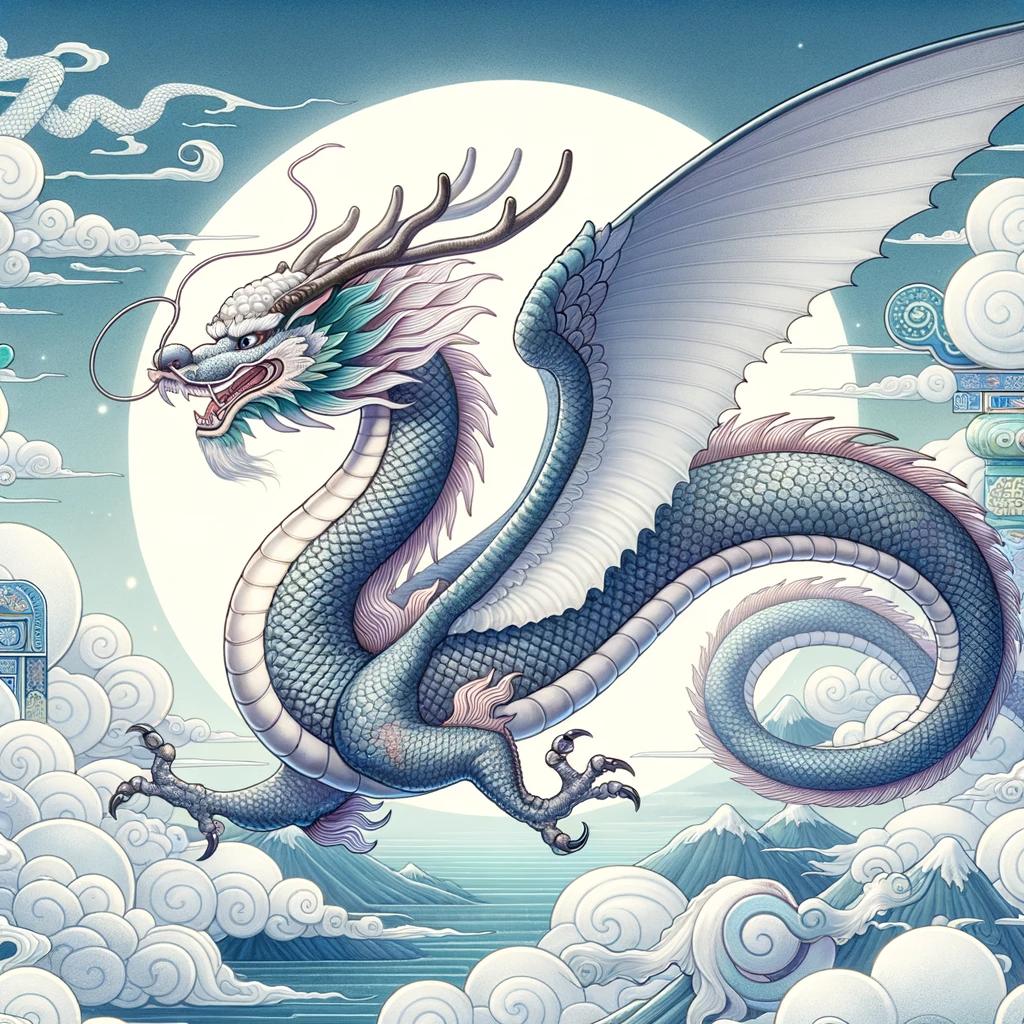Exploring the Mythical Yongwang Dragon King of Korea
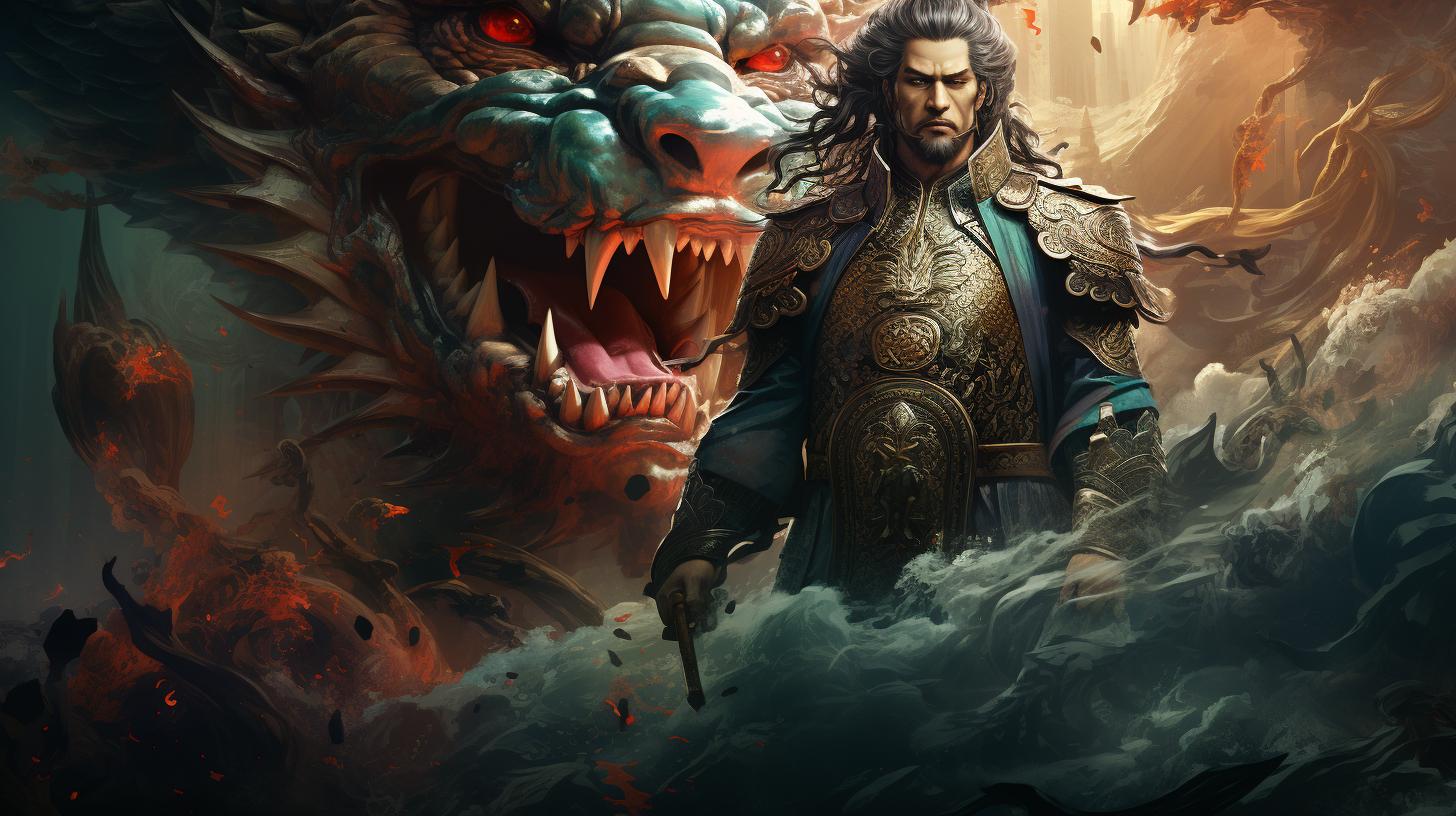
The Yongwang Dragon King holds a significant place in Korean culture, particularly in Buddhist temples. This mythical deity is believed to govern from his underwater Dragon Palace, providing blessings of prosperity, national security, and fertility.
YahdWang is often depicted as an elderly figure with protruding eyes, adorned in royal garments and accompanied by dragons. Various temples across Korea, such as Cheonbulsa and Haedong Yonggungsa, reflect the presence and reverence for Yongwang.
Dongkuk Ahn’s exhibition, ‘In the Realm of Yongwang,’ explores the artistic interpretation of this revered figure, emphasizing the dragon’s symbolism and cultural heritage.
The Legend of Yongwang Dragon King in Korean Culture
The Yongwang Dragon King holds a prominent place in Korean folklore and mythology.
This legendary figure is deeply intertwined with the country’s cultural identity and is particularly revered in Buddhist temples. The origins and significance of Yongwang Dragon King, as well as his association with these sacred places, offer a captivating glimpse into the rich heritage of Korea.
Origins and Significance of Yongwang Dragon King
The story of Yongwang Dragon King traces back to ancient times, rooted in Korean shamanistic beliefs. Yongwang is one of the four prominent shamanic deities frequently encountered in Korean Buddhist temples.
This revered figure is believed to rule over his underwater realm known as the “Yonggung” or Dragon Palace, in a world beneath the sea.
Yongwang Dragon King is known as the bestower of various blessings, including fertility, national security, good health, rain, fortune, and prosperity.
His presence in Korean culture symbolizes the well-being and prosperity of the nation as a whole.
Yongwang Dragon King in Buddhist Temples
The strong influence of Yongwang Dragon King is evident in the temples that dot the Korean landscape. These temples serve as important spiritual centers and often feature depictions and representations of Yongwang.
- Temples like Cheonbulsa in Yangsan, Haedong Yonggungsa in Gijang, Gwanryongsa in Changnyeong, Hyuhyuam Hermitage in Yangyang, Gyeongunsa in Gimhae, and Donghaksa in Gongju proudly display the presence of Yongwang Dragon King.
- However, among these temples, Haegwangsa Temple in the eastern part of Busan stands out as a remarkable example of a Yongwang-dang or Yongwang Hall.
Situated on a rocky formation in the East Sea, this temple allows worshippers to offer prayers to the Dragon King while overlooking the majestic beauty of the ocean.
The intricate sculptures and artwork found in these temples provide a visual representation of the revered dragon king, showcasing his regal appearance, accompanied by dragons to symbolize his dominion over these mythical creatures.
In some instances, Yongwang is also depicted alongside an unknown female figure, dressed in royal attire and sporting a small crown.
By exploring the presence of Yongwang Dragon King in Korean Buddhist temples, we gain insight into the deep-rooted spirituality and cultural significance that this legendary figure holds within Korean society.
Symbolism and Appearance of Yongwang Dragon King
The Yongwang Dragon King is not only revered in Korean culture for his divine power but also for his symbolic representation. Through various forms of art and sculpture, Yongwang’s appearance and attributes are brought to life.
Yongwang’s Representation in Art and Sculpture
In paintings and sculptures, Yongwang is often portrayed as an elderly figure with piercing, bulging eyes, reflecting his wisdom and supernatural nature. He is depicted wearing a regal robe and a crown, symbolizing his authority and royalty.
Yongwang is commonly depicted seated on a throne, emphasizing his position of power and leadership.
The presence of dragons in these artworks is another significant aspect of Yongwang’s representation. Dragons, legendary creatures in Korean mythology, are often depicted flying around or even being ridden by Yongwang, symbolizing his dominion over them.
This linkage between the dragon and Yongwang reinforces his status as the Dragon King, exemplifying his control over these mythical beings.
Connection between Yongwang and Female Figure
In some depictions, Yongwang is accompanied by a mysterious female figure, also wearing royal attire and a small crown. Although her exact identity remains unknown, her presence suggests a partnership or complementary role to Yongwang’s authority, further enhancing the symbolism and complexity of his representation.
Yongwang’s Connection with Dragons and Water
The association between Yongwang and dragons goes beyond mere symbolism. As the Dragon King, Yongwang is deeply connected to the power of water, fertility, and agriculture in Korean culture. Dragons are believed to bring rain, an essential element for the prosperity of crops and the well-being of the people.
Yongwang’s close ties with dragons signify his role in safeguarding the agricultural success and overall prosperity of the land.
Moreover, Yongwang’s connection with water is emphasized through his domain, the underwater Palace of the Dragon called ‘Yonggung.’
This concept highlights his supernatural abilities and control over the aquatic realm, strengthening his authority as the guardian of water sources, rain, and the sea. The presence of Yongwang in Buddhist temples near water bodies further reinforces this connection and highlights the significance of water in his mythological role.
In summary, the symbolism and appearance of Yongwang Dragon King in Korean art and sculpture depict his wisdom, power, and influence over dragons and water. These artistic representations capture the essence of Yongwang’s mythical character and his integral role in Korean culture and belief systems.
Temples and Sites Associated with Yongwang Dragon King
Discover the sacred temples and sites in Korea that are closely associated with the revered Yongwang Dragon King. These locations provide visitors with a glimpse into the rich mythology and cultural significance of Yongwang.
From Buddhist temples to picturesque natural settings, each place offers a unique experience connected to Yongwang’s presence.
Cheonbulsa Temple in Yangsan
Nestled in the serene surroundings of Yangsan, Cheonbulsa Temple provides a tranquil haven for those seeking spiritual solace. This temple is renowned for its intricate architecture and breathtaking sculptures that honor the Yongwang Dragon King.
Visitors can explore the temple grounds, soak in the peaceful atmosphere, and pay homage to the revered deity.
Haedong Yonggungsa Temple in Gijang
Set against a picturesque backdrop of the East Sea, Haedong Yonggungsa Temple stands as a remarkable testament to the presence of Yongwang. Known for its stunning cliffside location and the majestic Dragon King statues, this temple offers a truly awe-inspiring experience.
Visitors can immerse themselves in the deep-rooted traditions while enjoying the panoramic ocean views.
Gwanryongsa Temple in Changnyeong
Located in Changnyeong, Gwanryongsa Temple exudes a sense of serenity and devotion. This temple showcases beautiful artwork and intricately crafted statues depicting the revered Yongwang Dragon King. Visitors can partake in meditation sessions, explore the temple’s serene surroundings, and experience a spiritual connection with Yongwang.
Hyuhyuam Hermitage in Yangyang
Deep in the heart of Yangyang, Hyuhyuam Hermitage offers a more secluded experience for those seeking a profound connection with Yongwang. Surrounded by lush forests and cascading waterfalls, this hermitage provides a serene retreat to contemplate the spiritual significance of the Dragon King.
Visitors can engage in meditation practices and embrace the harmony of nature.
Gyeongunsa Temple in Gimhae
Gyeongunsa Temple, situated in Gimhae, is revered for its rich historical heritage and strong association with Yongwang. The temple’s architecture and ornate decorations beautifully depict the legendary Dragon King in all his glory.
Visitors can explore the grand halls, pay their respects, and immerse themselves in the profound spirituality of the temple.
Donghaksa Temple in Gongju
Donghaksa Temple, located in Gongju, provides a captivating glimpse into the divine realm of Yongwang. This temple boasts stunning artwork and sculptures that vividly portray the Dragon King’s majestic presence. Visitors can engage in cultural activities, learn about the temple’s historical significance, and embrace the spiritual ambiance surrounding Yongwang.
Haegwangsa Temple: A Unique Yongwang-dang
For an extraordinary experience, make sure to visit Haegwangsa Temple, a remarkable Yongwang-dang situated on a rocky formation in the East Sea. This temple allows worshippers to offer their prayers to the Dragon King while gazing upon the vast expanse of the sea.
The unique location creates an enchanting atmosphere that enhances the spiritual connection with Yongwang.
The Artistic Interpretation of Yongwang Dragon King
The artistic portrayal of Yongwang Dragon King offers a fascinating insight into Korean culture and mythology. Dongkuk Ahn’s exhibition, ‘In the Realm of Yongwang,’ captivates audiences with his masterful brushwork and evocative compositions.
Exhibition: Dongkuk Ahn’s ‘In the Realm of Yongwang’
Dongkuk Ahn’s exhibition showcases a series of vibrant paintings that delve into the mystical realm of Yongwang Dragon King. Through his expressive brushstrokes and dynamic use of color, Ahn brings to life the awe-inspiring presence of Yongwang and his connection to the natural world.
This exhibition is a celebration of Korean artistic heritage and offers a unique perspective on the mythical figure.
Exploring the Cultural Significance of Ahn’s Paintings
Ahn’s paintings go beyond mere aesthetics, offering a deeper exploration of the cultural significance of the Yongwang Dragon King. His artworks convey the majestic power and benevolence of Yongwang, highlighting the deity’s role in providing blessings, fertility, and protection.
Through his captivating imagery, Ahn invites viewers to contemplate the spiritual and symbolic meanings associated with Yongwang within Korean society.
Additional Points of Interest and References
Yongwang’s Presence in Place Names and Landmarks
In addition to temples, Yongwang’s influence can be seen in various place names and landmarks in Korea. Two notable examples include Yongwangdam, also known as Heaven Lake, located on the border between North Korea and China, and Yongwang Mountain in Seoul.
These locations bear the name ‘Yongwang,’ further highlighting the significance of the Dragon King in Korean culture.











